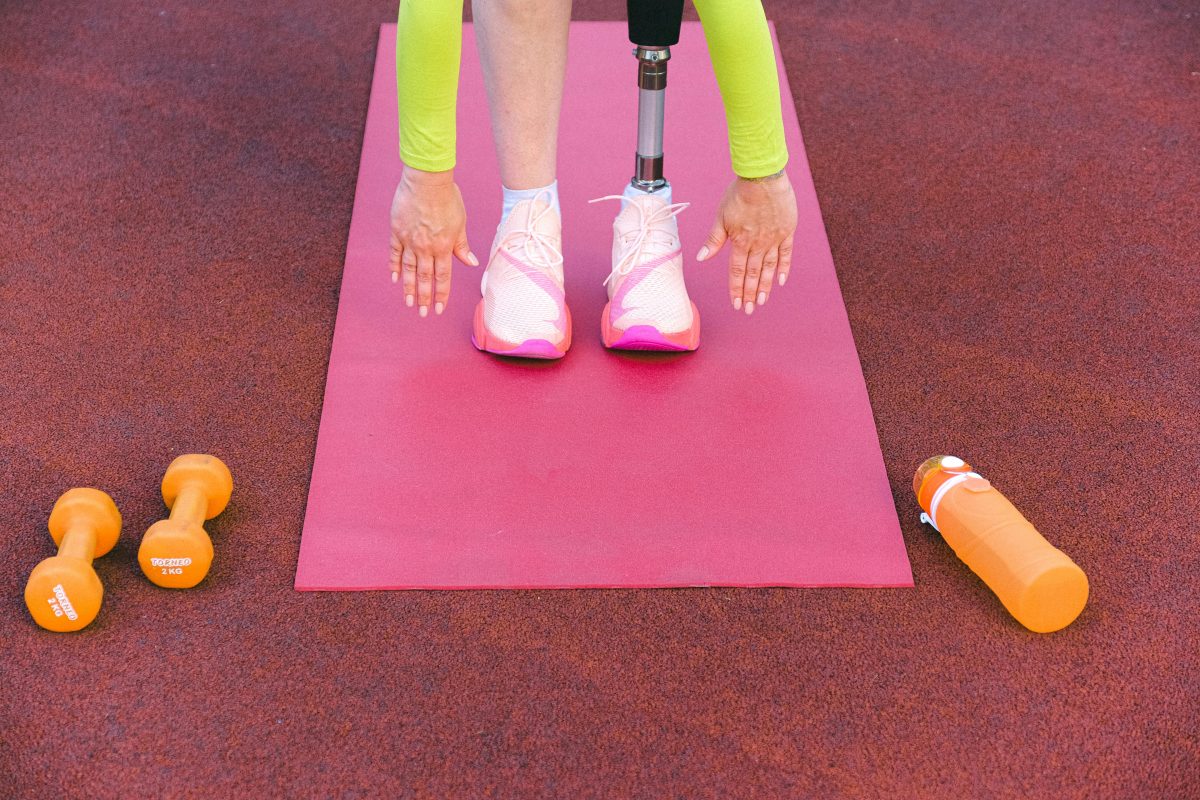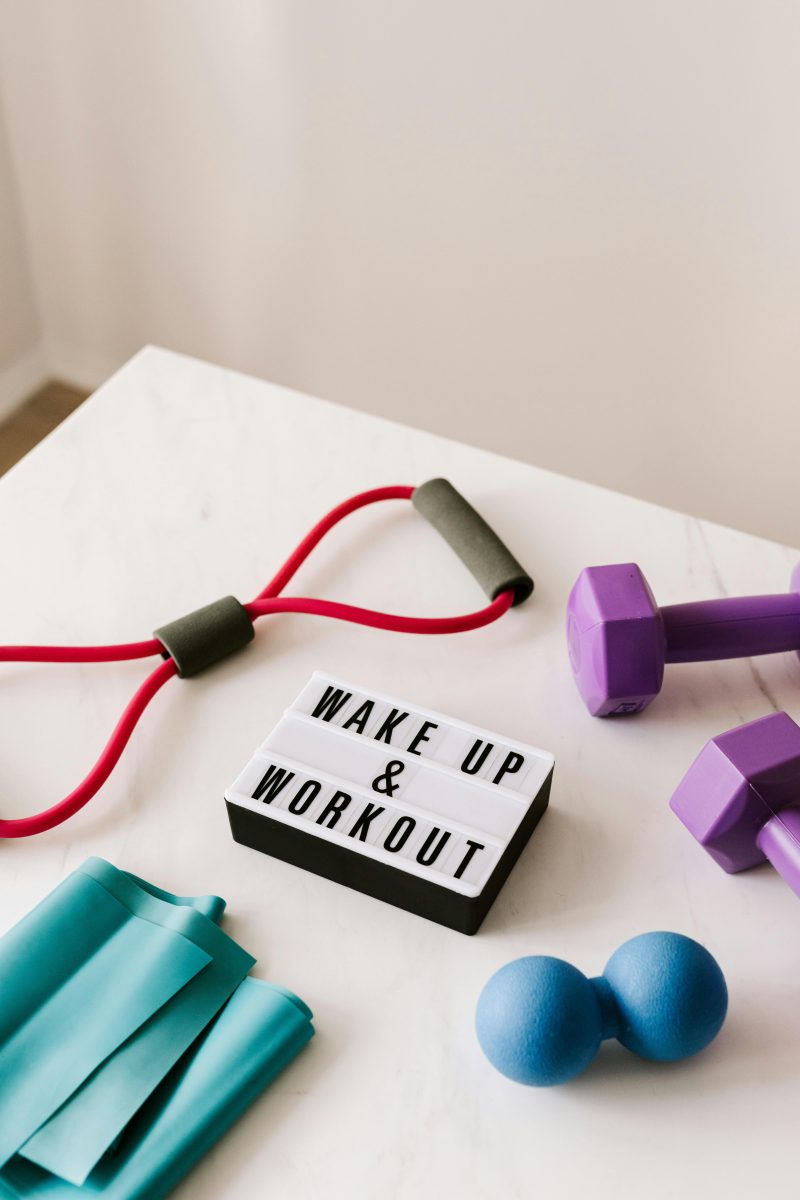Last Updated on: 14th July 2024, 09:05 am
Introduction to Daily Fitness Integration

Physical activity stands as a cornerstone of health, weaving strength, endurance, and well-being into the fabric of daily life. Yet, the hustle of modern living often builds walls between us and our fitness goals. Time constraints, lack of motivation, and the seductive lure of digital screens conspire to keep us sedentary.
But here’s the good news: these barriers are not insurmountable. With a blend of creativity, commitment, and a dash of strategy, integrating fitness into your daily routine becomes not just possible, but enjoyable. It’s about making small, sustainable changes that add up to big results over time. Whether it’s choosing the stairs over the elevator, embarking on walking meetings, or fitting in micro-workouts during TV commercials, the opportunities to move more are endless.
- Embrace the journey towards a healthier, more vibrant you.
- Let’s explore how to seamlessly weave physical activity into the tapestry of your daily life, turning obstacles into stepping stones towards your fitness goals.
Understanding the Benefits of Regular Physical Activity

Embarking on a journey of regular physical activity is akin to unlocking a treasure chest of health benefits. At the heart of this quest lies the dual promise of enhanced physical and mental well-being.
- Weight management becomes more achievable, as the body burns calories and builds muscle, sculpting a leaner, more toned physique.
- Cardiovascular health receives a significant boost, with increased activity strengthening the heart and improving circulation.
- The mental health benefits are equally compelling. Regular exercise acts as a natural stress buster, clearing the mind and reducing anxiety.
- This biochemical uplift brings about a sense of well-being and happiness.
- Looking beyond the immediate, the long-term benefits of consistent physical activity are profound.
Integrating fitness into your daily routine is not merely a choice; it’s an investment in your future. An investment that pays dividends in health, happiness, and longevity. The path to a healthier, more vibrant you is paved with the steps you take today. Let’s make each step count.
Setting Realistic Fitness Goals

Assessing Your Starting Point
Before embarking on a fitness journey, it’s crucial to take stock of where you currently stand. This involves evaluating your current fitness levels and lifestyle. It’s about understanding your strengths and identifying areas for improvement. Such an assessment provides a solid foundation, ensuring your goals are tailored to your unique situation.
Embracing SMART Goals
- Specific: Goals should be clear and focused.
- Measurable: You should be able to track your progress.
- Achievable: Goals should be realistic and attainable.
- Relevant: Your goals should align with your values and long-term objectives.
- Time-bound: Set deadlines to keep yourself accountable.
The Power of Motivation and Progress Tracking
Motivation fuels our drive to achieve. It’s the spark that ignites action and sustains momentum. Keeping track of progress is equally vital. It serves as a roadmap, highlighting how far you’ve come and what’s left to conquer. Celebrating milestones, no matter how small, reinforces motivation, turning the pursuit of fitness into a rewarding and fulfilling adventure.
Integrating fitness into your daily routine is a transformative process. It’s about setting realistic goals, understanding the importance of motivation, and meticulously tracking your progress. This journey, though challenging, is immensely rewarding, leading to a healthier, more vibrant you. Let’s embrace this path with determination and enthusiasm, making every step count towards achieving our fitness aspirations.
Incorporating Short Bursts of Activity Throughout the Day

The concept of micro-workouts introduces a revolutionary way to integrate fitness into our daily routines without the need for extensive time commitments. These short, yet effective bursts of activity can significantly enhance our physical health, seamlessly blending into the busiest of schedules. By leveraging moments throughout the day for quick exercises, we transform idle time into opportunities for movement.
- Stair climbing, for instance, offers a robust cardiovascular workout, strengthening the legs and core.
- Desk push-ups can be easily performed in any office setting, targeting the arms and chest, while chair squats work the lower body, all without the need for gym equipment or significant time away from tasks at hand.
- Integrating movement into routine tasks further amplifies the benefits of micro-workouts. Opting for walking meetings not only breaks the monotony of the conference room but also promotes creativity and collaboration on the go.
- Bike commuting serves as a dual-purpose activity, providing a refreshing start to the day while contributing to our fitness goals.
Embracing these small changes leads to significant impacts over time. The incorporation of micro-workouts and active tasks into our daily routines exemplifies how fitness can be both accessible and adaptable, regardless of our schedules. It’s about making the choice to move more, in whatever ways we can, turning the quest for health into a series of small, manageable steps forward.
Leveraging Technology for Fitness

In today’s digital age, technology serves as a powerful ally in our quest for fitness. It offers innovative tools that not only track our progress but also keep us motivated and engaged. Fitness apps, for instance, are a game-changer. They allow us to set goals, monitor our activity levels, and even provide personalized workout recommendations. The convenience of having such a comprehensive fitness companion in our pocket cannot be overstated.
But the digital fitness revolution doesn’t stop there. Online workout programs and virtual classes have democratized access to fitness instruction, making it possible to bring world-class training into our living rooms. Whether it’s yoga, high-intensity interval training (HIIT), or dance, there’s something for everyone. These platforms cater to our schedules, making it easier to stay committed to our fitness journey.
Wearable technology has also made significant strides. Fitness trackers, smartwatches, and heart rate monitors offer real-time insights into our health, from tracking steps and monitoring sleep patterns to gauging heart rate and calorie burn. This constant feedback loop not only informs us about our current state of health but also encourages us to push our limits. It’s like having a personal coach, one that’s attuned to our body’s every need.
The synergy between technology and fitness is reshaping how we approach our health goals. By harnessing these tools, we can create a tailored, efficient, and enjoyable fitness regimen. It’s about making the most of the resources at our disposal, turning the dream of a healthier, more active lifestyle into a tangible reality. Let’s embrace this digital fitness revolution, making strides towards our goals with every tap, click, and step.
Creating a Supportive Environment for Fitness

Inviting friends, family, or coworkers to join in fitness challenges can spark a collective enthusiasm for health, transforming individual goals into a shared adventure. These challenges foster camaraderie and accountability, making the pursuit of fitness a group endeavor that’s both fun and competitive.
- A supportive community, whether found in online forums or local sports clubs, is invaluable. It’s a space where experiences, tips, and encouragement are exchanged, fortifying resolve and celebrating every milestone.
- This sense of belonging can be a powerful motivator, especially on days when personal commitment wavers.
- Crafting a home environment that encourages exercise is equally crucial. This might mean designating a workout area, keeping equipment within sight as a visual prompt, or prepping workout clothes the night before.
Ultimately, the environments we inhabit—physical, social, and digital—profoundly influence our fitness journeys. By consciously shaping these spaces to support our goals, we lay a foundation for success, making the path to a healthier lifestyle not just attainable, but also enjoyable.
Overcoming Common Obstacles

- Mastering time management is pivotal for those with packed schedules. Prioritizing workouts as non-negotiable appointments in your calendar ensures they are not overlooked. Break down your fitness routine into shorter, more manageable segments throughout the day.
- When motivation wanes or energy dips, the key is to remember why you started. Visualize your goals and the benefits that await. Commit to just five minutes of activity; often, this initial push is all it takes to overcome inertia.
- Diversify your workouts to keep them exciting and engaging, preventing boredom and burnout.
- Adapting fitness routines to accommodate injuries or health conditions is crucial. Consult with healthcare professionals to tailor exercises that work around your limitations. Focus on what you can do—perhaps switching high-impact activities for low-impact alternatives like swimming or cycling.
Each of these strategies underscores the importance of flexibility, resilience, and a positive mindset in integrating fitness into your daily routine. By addressing time constraints, motivational challenges, and physical limitations head-on, you pave the way for a healthier, more active lifestyle that adapts to your unique circumstances and needs.
In Closing
Fitness integration transforms lives, one step at a time. It’s a journey of resilience and joy, blending small, daily efforts into a tapestry of long-term health and happiness. Through the strategic embrace of micro-workouts, technology, and community support, we navigate the balance between life’s demands and our fitness aspirations. Let’s carry forward the commitment to weave fitness into the fabric of our daily routines, unlocking the door to a more vibrant, fulfilling life.
Integrating Fitness into Your Daily Routine FAQs
Yes, fitness activities can be a great way to socialize. Joining a class, club, or group for activities like running, cycling, or yoga can provide social interaction and motivation. It’s an excellent way to meet new people while also committing to your fitness goals.
Start by setting small, achievable goals, such as a 10-minute walk each day. Gradually increase the duration and intensity of your activities as they become a regular part of your day. This approach helps to build a sustainable habit without feeling overwhelmed.
Setting specific, measurable goals and tracking your progress can greatly enhance your motivation. Celebrating small victories along the way keeps the momentum going. Additionally, varying your workouts can prevent boredom and maintain interest.
Use a journal, app, or wearable device to track your activities, workouts, and progress. Recording your exercises, durations, intensities, and how you felt can help you see improvements over time and keep you motivated. This data can be invaluable for adjusting your routine to better meet your fitness goals.
A balanced routine could include cardio exercises such as walking or cycling on some days and strength training exercises like weight lifting or bodyweight workouts on others. Aim for a mix that suits your goals, whether for weight loss, muscle building, or overall health. It’s important to allow time for recovery between strength training sessions to prevent injury and ensure muscle growth.
Aim for at least 30 minutes of moderate-intensity exercise most days of the week. This can be broken down into shorter sessions if needed, such as three 10-minute walks. Consistency is key, so find a duration that fits into your lifestyle and can be maintained regularly.
No, it is not necessary to go to the gym to stay fit. There are numerous activities such as walking, cycling, yoga, and bodyweight exercises that can be done at home or outdoors. These options can be just as effective in maintaining fitness and offer flexibility to fit into your schedule.
Chair squats, seated leg lifts, and desk push-ups are great exercises to do at your desk. These exercises can be done in short bursts and help in keeping the muscles active and blood circulation flowing during long periods of sitting. They are convenient and do not require any special equipment.
Integrating fitness into your daily routine can improve physical health, enhance mental well-being, and increase energy levels. Regular physical activity can help prevent chronic diseases, improve sleep quality, and reduce stress and anxiety. It’s a powerful way to improve your overall quality of life.
Incorporate physical activity into your daily tasks, such as taking the stairs instead of the elevator or walking while talking on the phone. These small changes can add up over the day and contribute to your fitness goals. It’s about making movement a part of your lifestyle rather than viewing it as a separate activity.
Orlando is a all round athlete from Australia, now resident in Germany. His sports of passion of American Football(Offensive line), weight training and indoor rock climbing where he uses his 195cm wing span to his advantage.



